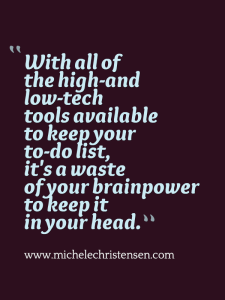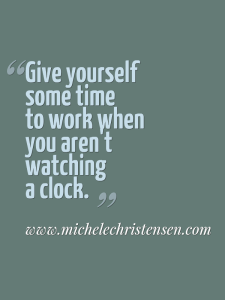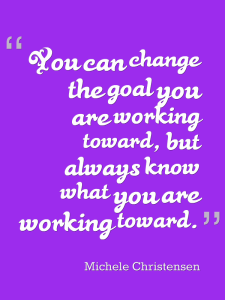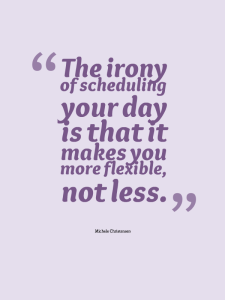 I see a lot of attention being paid to the idea of saying yes to opportunities that come you way. A lot of people see this as a path to success with ease – watch for opportunities to come you way and then take them. I agree with this to a point – jump right in when the opportunity is right! What about when the opportunity isn’t a good fit? Should you still accept a chance to do something simply because it showed up without you working for it?
I see a lot of attention being paid to the idea of saying yes to opportunities that come you way. A lot of people see this as a path to success with ease – watch for opportunities to come you way and then take them. I agree with this to a point – jump right in when the opportunity is right! What about when the opportunity isn’t a good fit? Should you still accept a chance to do something simply because it showed up without you working for it?
Business opportunities are everywhere, and some show up because you worked for them and some show up without any effort by you. There’s more to do in your business than you could ever possibly get done, so by necessity you will have to turn down some projects you may want to do. Given the imbalance of the how much discretionary time a business owner has and how many things they could be doing, they will have to turn down a lot in the course of their business life.
In these discarded opportunities lies one of the keys to success – choose very carefully what you will and will not do. It’s really important to say yes and jump into the right projects, but it’s equally important to say no and move on from the wrong projects.
Your time and energy are finite, and you can only get to a finite number of projects in your business. Starting too many or having too many going at once is a surefire way to get none of them done, have them take too long or have the quality suffer. You’d be better off picking a few and completing them at a level of quality that your customers will appreciate. Partially done, poorly done or abandoned projects never made anyone’s bottom line grow!
Throughout your business life, you’ll be bombarded with things you want to create, products you want to sell, content you want to write and more. If you’re like many entrepreneurs, you can think of more ideas in a day than you can do in a year. That means that you’ll only ever be able to actually complete a very small portion of all those projects. The bad news is that those numbers can feel really disappointing. The good news is that you can cherry pick only the best ones to implement. Keep an inventory of all those great ideas and things you want to do and when it comes time to add something new to your work, pick the best and leave the mediocrity behind.







